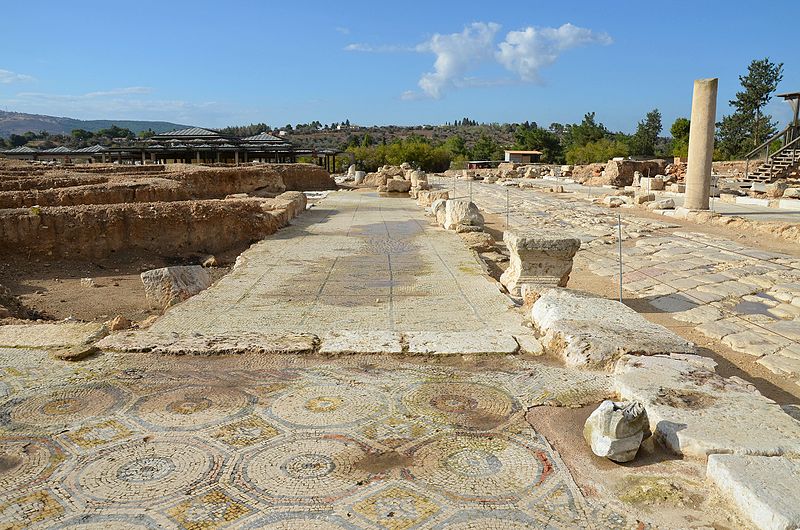24 Dec. The Holy Family returns from Egypt to Nazareth
"After Herod died, an angel of the Lord spoke to Joseph in a dream while he was in Egypt."
"The angel said, 'Get up! Take the child and his mother and go to the land of Israel, because the people who were trying to kill the child are now dead.'"
"So Joseph took the child and his mother and went to Israel. But he heard that Archelaus was now king in Judea since his father Herod had died. So Joseph was afraid to go there."
"After being warned in a dream, he went to the area of Galilee, to a town called Nazareth, and lived there. And so what God had said through the prophets came true: 'He will be called a Nazarene.'"
(Matthew 2:19-23)

Some time after the death of Herod the Great in March 4BC, Mary and Joseph journeyed north to Nazareth in Galilee, as they were afraid to return to Bethlehem in Judaea where Herod's son Archelaus was now ruling over Judaea.
Jesus was brought up in Galilee (ruled by another of Herod’s sons) and became known as ‘Jesus of Nazareth’.
During Jesus’s childhood, the most important town in Galilee was Sepphoris, located 4 miles / 6 km to the north of Nazareth. Traditionally, Sepphoris is said to be the home of Joachim and Anna (believed to be the parents of Jesus’s mother Mary) and therefore Mary’s childhood home.
Sepphoris was an important trading centre, situated on the main route inland from the Mediterranean port of Ptolemais (Akko / Acre) to Tiberias on the western shore of the Sea of Galilee. As a result, it was a very cosmopolitan city that grew rapidly after Herod the Great’s death in 4BC, around the time of Jesus’s birth. During Jesus’s childhood, Herod Antipas (Herod the Great’s son), the tetrarch (ruler) of Galilee, restored and redeveloped Sepphoris as a Romanised city (known as Diocaesarea), locating his palace there before building a new residence at Tiberias between 18 and 20AD.
It's quite possible that Joseph first met Mary when he came to work in Sepphoris. The local people of Nazareth later called Jesus ‘the carpenter’s son’ (see Matthew 13:55). The Greek word ‘tekton’ – usually translated ‘carpenter’ – really means a craftsman or artisan, denoting a skilled worker in the building trade, who would have worked in wood and also in stone.
Joseph may well have moved from Bethlehem to Sepphoris as a young man, in search of work on one of the biggest building sites in the whole of Palestine. Having met Mary, a local girl, he may have settled in nearby Nazareth – a much quieter and more ‘Jewish’ village – a short distance away from the cosmopolitan (and more expensive) Sepphoris.
As Jesus was probably taught the same trade as Joseph, it is highly likely that he served at least part of his apprenticeship in the highly Romanised atmosphere of Sepphoris. This might well explain Jesus’s familiarity with Roman customs and the Roman theatre (see, for example, Matthew 6:2 & 22:18 where Jesus calls the Pharisees ‘hypocrites’ – the Greek word ‘ypokritae’ – meaning stage-players who wear masks and act out a role, as Roman actors did in the theatre).
The photo (by Carole Raddato) shows Roman remains at Sepphoris (Diocaesarea).
You can read more about Jesus's childhood @ https://www.thebiblejourney.org/the-bible-journey/3-jesuss-childhood-journeys-b/the-holy-family-return-to-nazareth/
